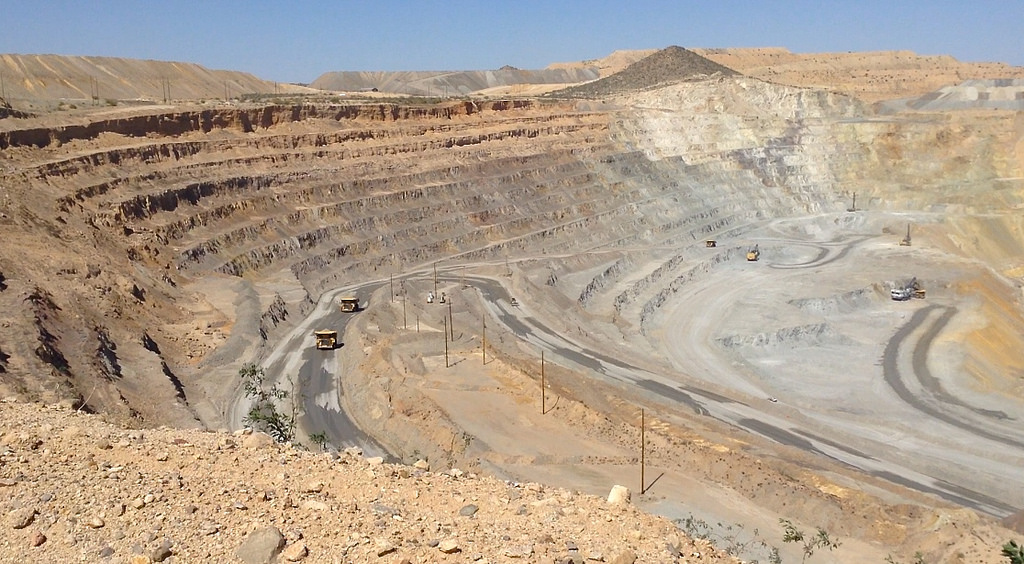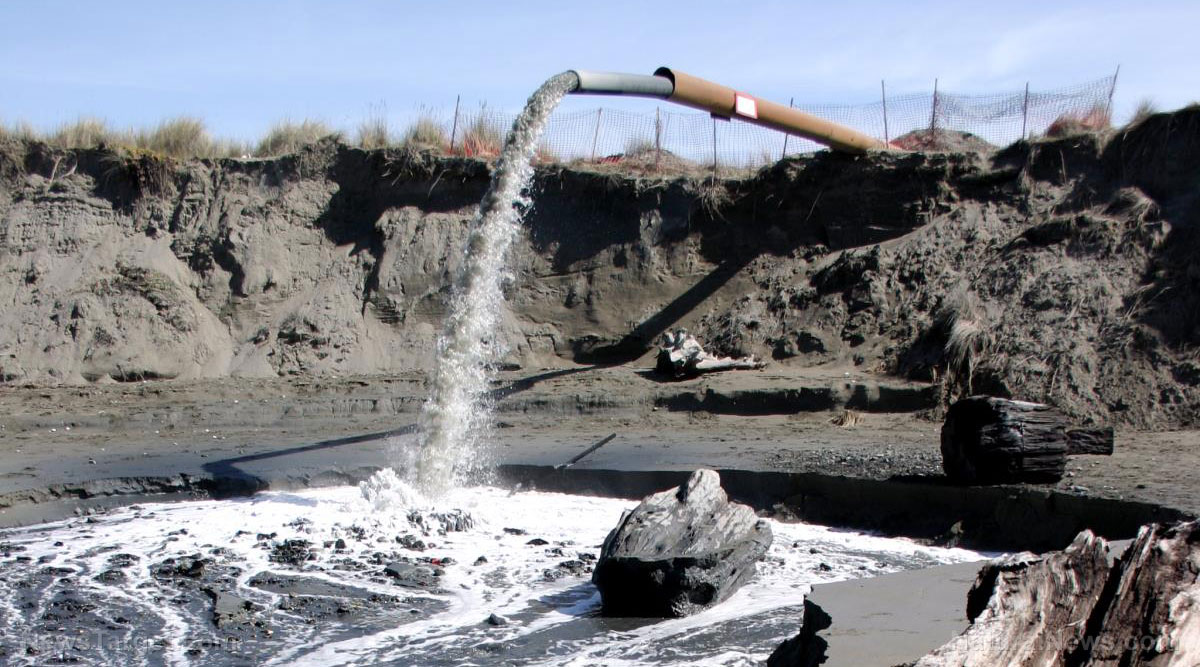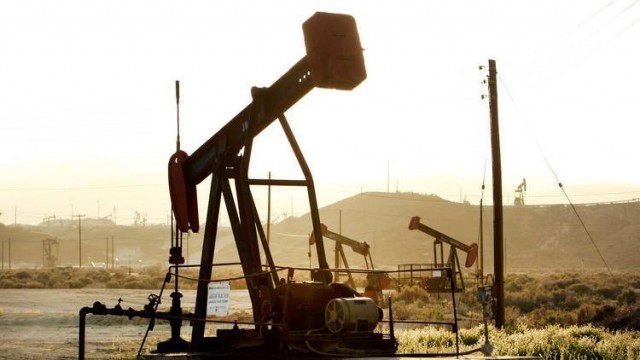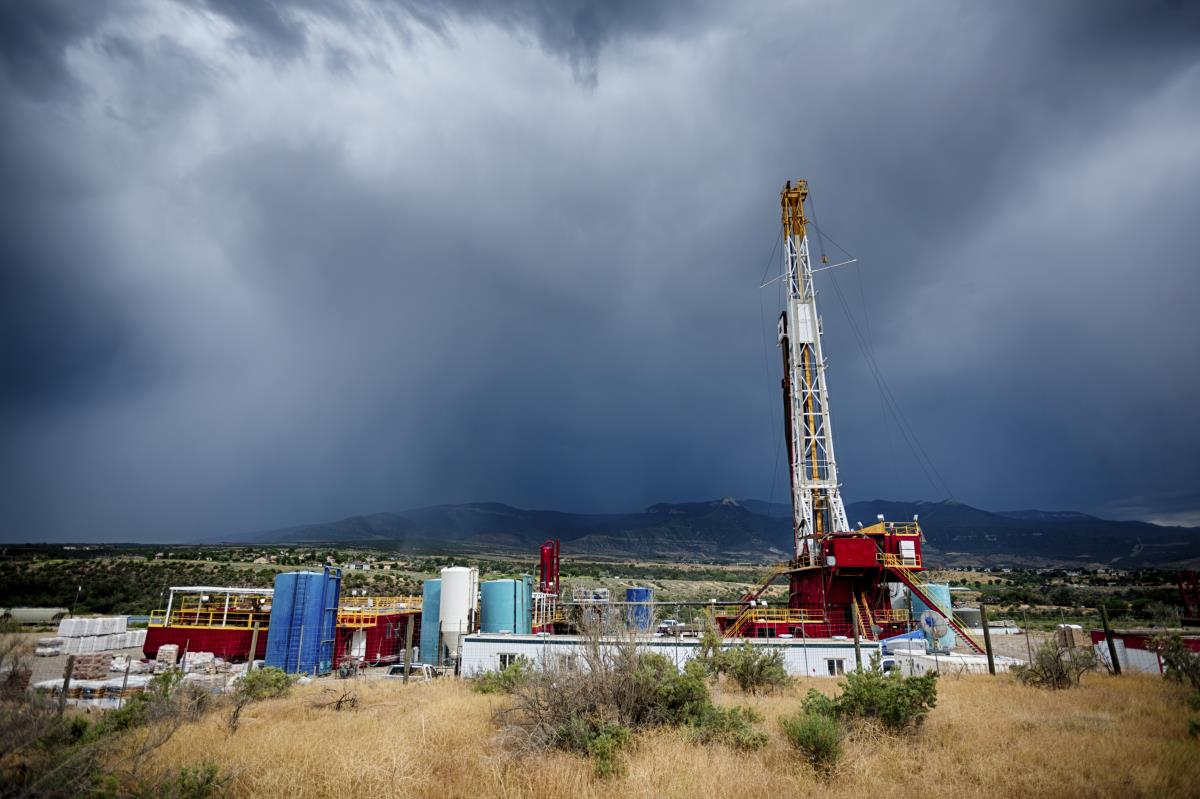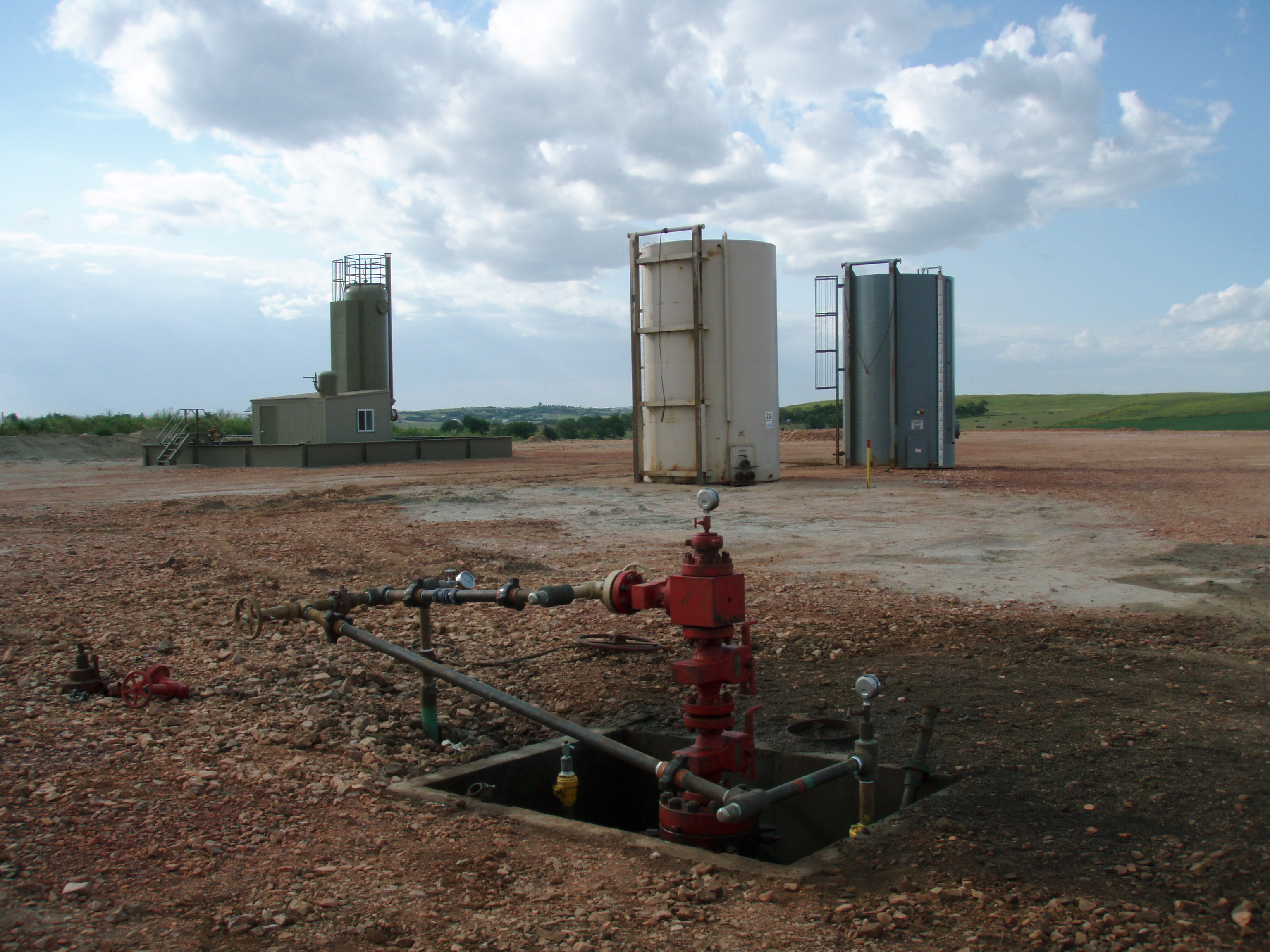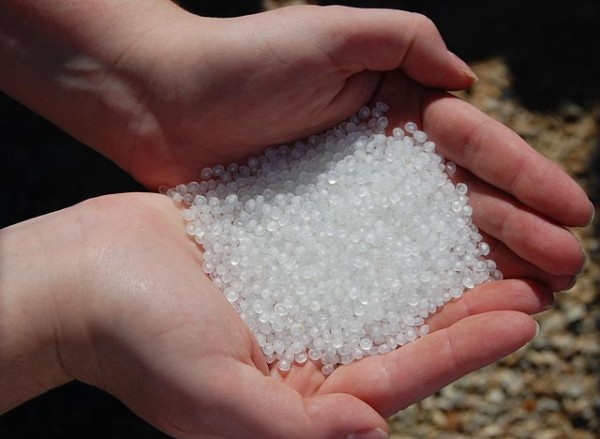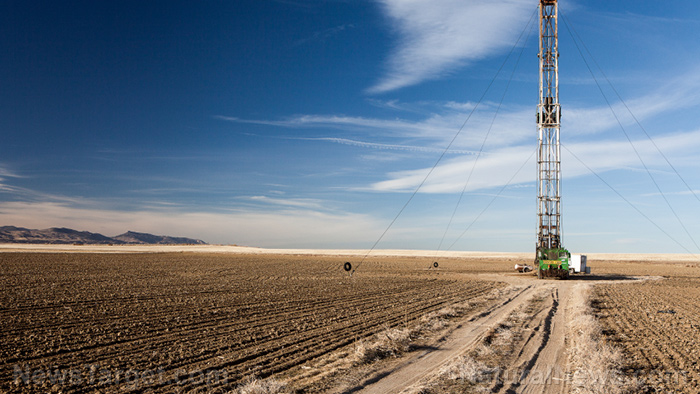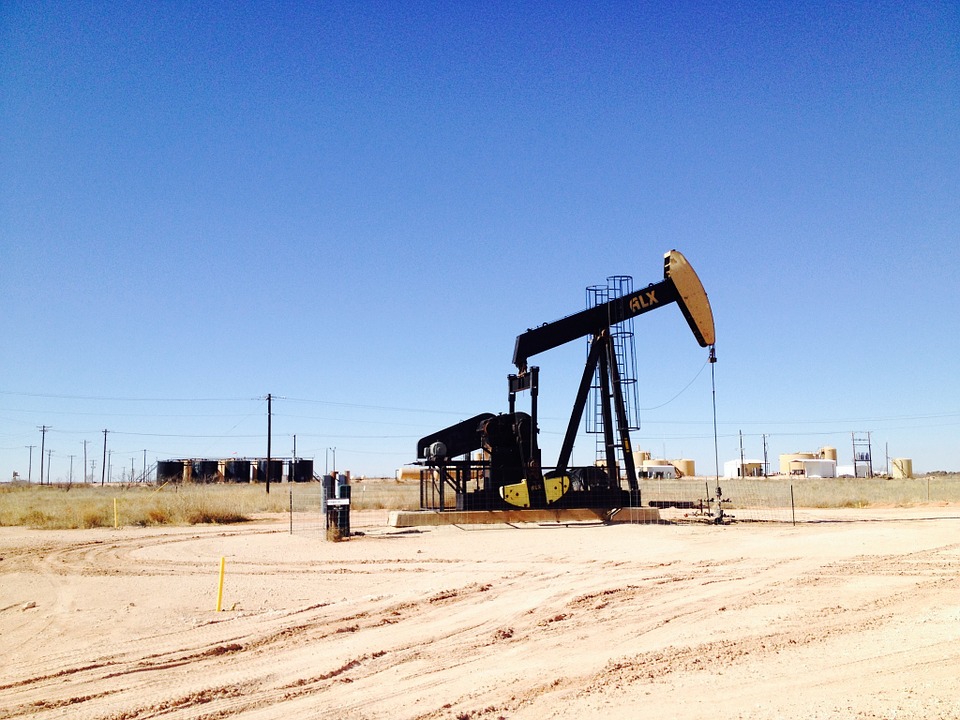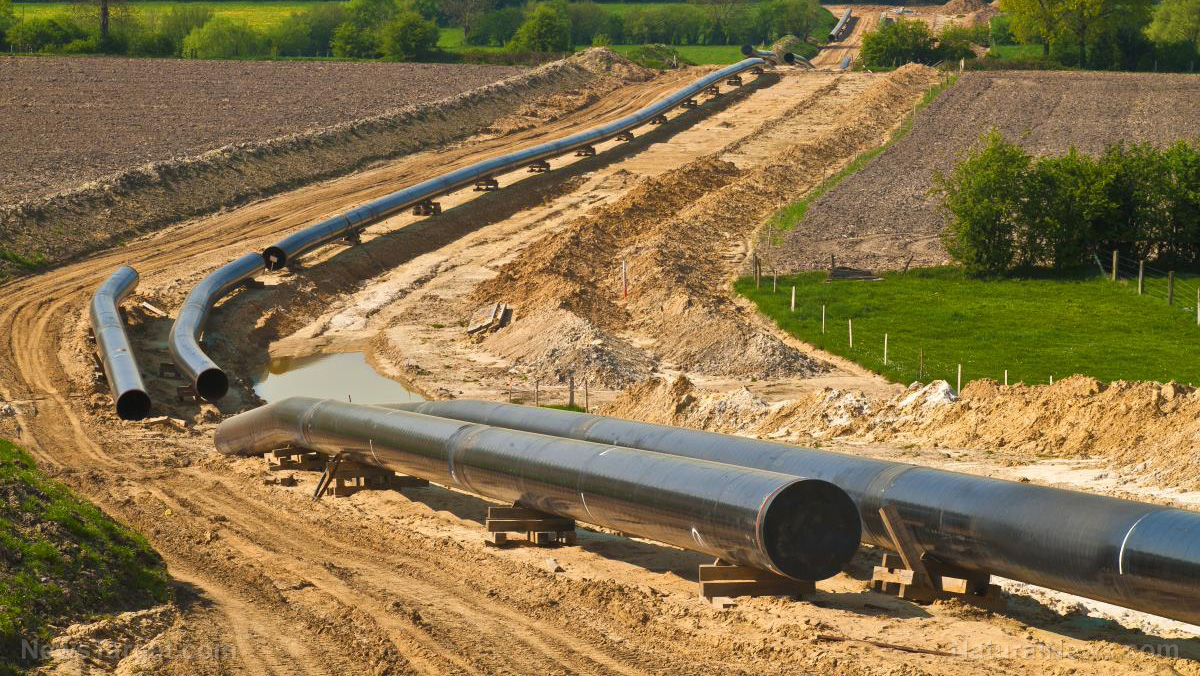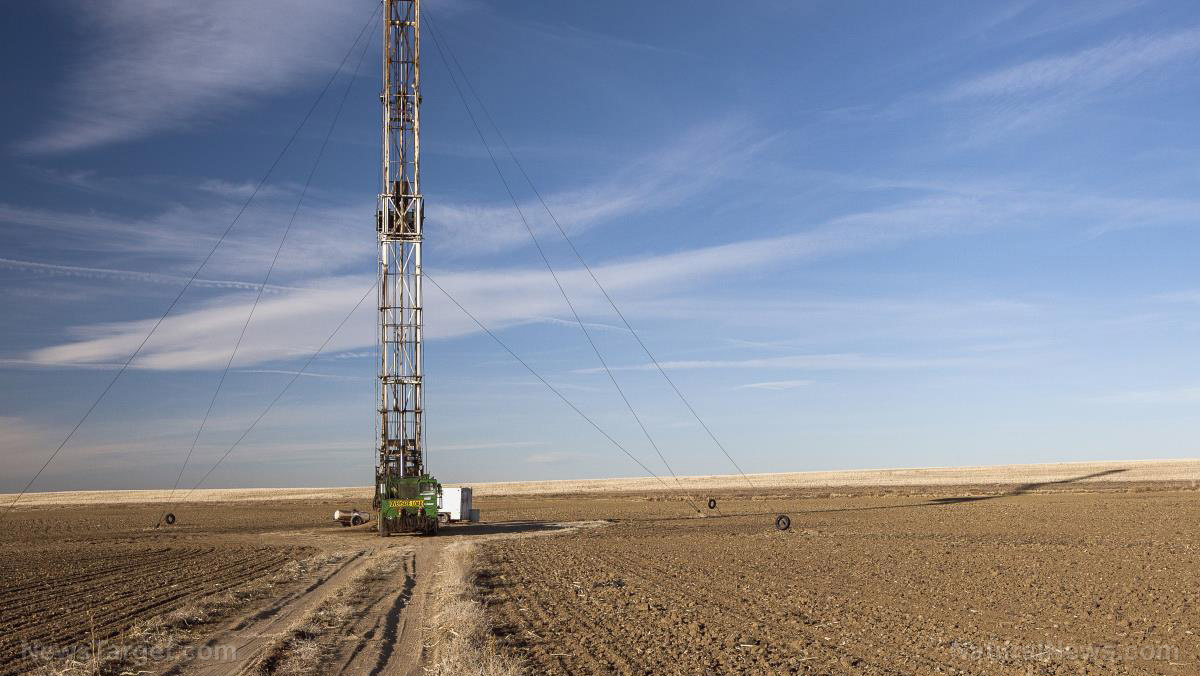Fracking impacts water quality AND quantity downstream, raising concerns for aquatic ecosystems, recreation and drinking water
06/23/2018 / By Janine Acero
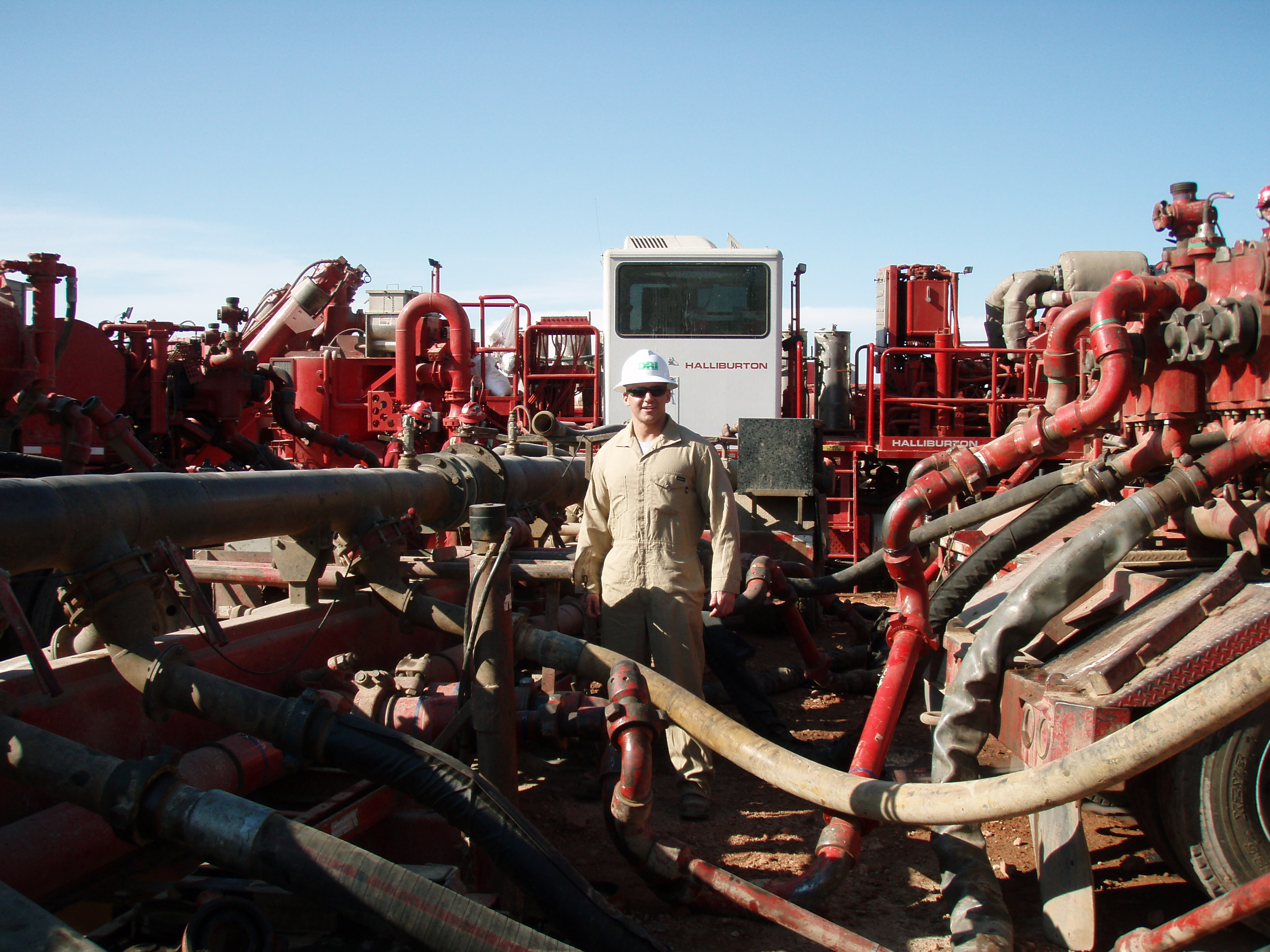
Studies have been conducted on the effects of fracking on bodies of freshwater, particularly the contamination of water with the oil extracted from the drilling process. One such study has highlighted the potential effects of fracking on the streams in Arkansas, where millions of gallons of water have been sucked up for use in the fracking process, greatly diminishing water quantity.
The study, published in the journal Environmental Science & Technology, reported that five million gallons of freshwater – more than enough to fill seven Olympic-size swimming pools – were used to fracture just one gas well over a two-to-five-day period, which depleted water levels in up to 51 percent of the streams in Arkansas. That is equivalent to 250,000 bathtubs’ worth of water in less than a week.
The sheer volume of the water sourced for fracking is said to create stress to aquatic species in streams around the Fayetteville Shale play. The Fayetteville Shale is an active gas field in Arkansas where more than 5,000 gas wells were drilled using fracking methods between 2004 and 2014. Small streams are a major source of water for these operations, primarily using water from streams and reservoirs created by over 150 dams on those streams.
Drawing five million gallons of water out of a small stream for fracking fluids may have significant impacts on factors such as stream temperatures and water flow, which may affect certain organisms including aquatic insects, fish, and bottom-dwelling mussels, the study reported.
The streams, besides supplying drinking water and providing water sources to recreational areas in the region, are said to particularly house 10 aquatic species that are declining at a concerning rate. In addition, the researchers said that fracking methods could potentially be detrimental to aquatic species in seven to 51 percent of the catchments from June to November, respectively.
The study aimed to further investigate the effects of fracking methods on these streams. “Little is known about how much water can be withdrawn from these streams without impacts on fish and other aquatic species,” said lead author Sally Entrekin, a biologist at the University of Central Arkansas. “We don’t know if there has been an impact on the streams because there isn’t any site-specific monitoring.”
Other impacts of fracking in health and environment
While high-volume pumping of water deep underground (along with sand and chemicals) has been linked to a wave of earthquakes that have rocked Arkansas since 2010, recent research from a team in Stanford University suggests that fracking itself was responsible for most of the state’s quakes. (Related: Anti-fracking movement gains traction in California as landslide vote forbids destructive, water-polluting practice.)
Another study, published in Science Advances, focused on the health effects of fracking, particularly its connection to low-birth weight babies. The study analyzed 1.1 million births in Pennsylvania from 2004 to 2013, comparing infants born to mothers living at different distances from active fracking sites.
The study found that a child born within a mile or two of a fracked well is likely to be smaller and less healthy than a child born farther away. The largest health impacts were seen in newborns whose mothers were living within 1 km (0.6 miles) of a fracking site during the gestation period.
Keep up-to-date on the latest news on how fracking can damage the environment and affect health by visiting Fracking.news.
Sources include:
Tagged Under: aquatic ecosystems, Arkansas streams, clean water, drinking water, environmental damage, Fayetteville Shale, fracking, freshwater, Hydraulic fracturing, toxic water, water health, water quality, water quantity, water supply

